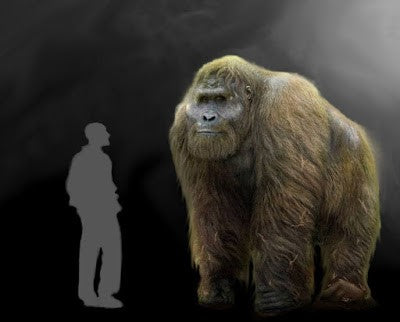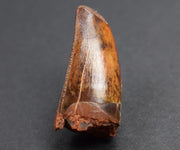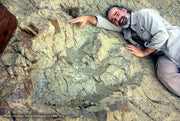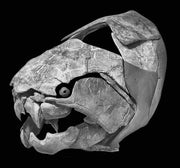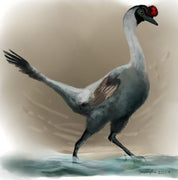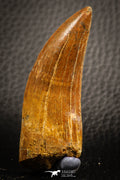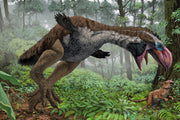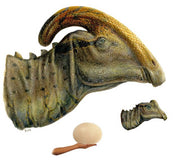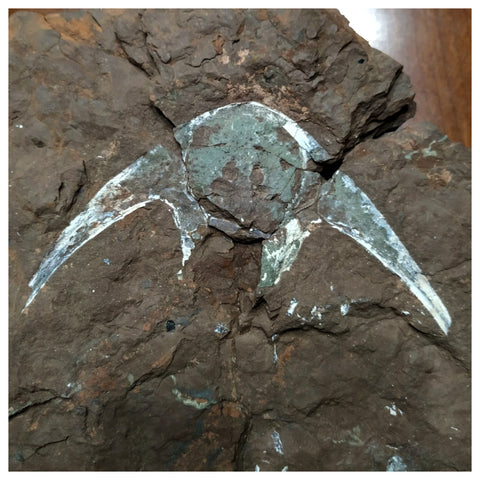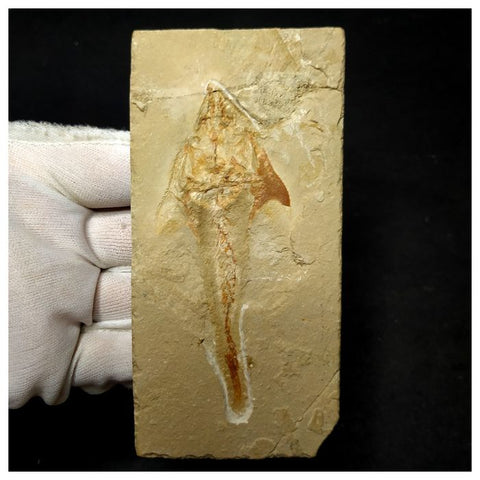
In 1902 the mountain gorilla (Gorilla Beringei) was discovered, we can imagine Robert von Beringe making his way through with his group of explorers through the jungles of the Congo, machete in hand, cutting the brush as if tearing a temporal mantle that separates us from a world to discover. And at the end of that path, an incredible animal, the mountain gorilla.
That creature captivated a scientific community eager for knowledge, and it is that the great apes have always caught our attention. It is like being face to face with our primitive ancestors and to a certain extent it is like that, because only 7 million years ago we shared ancestors with the chimpanzees.
So it is logical that, captivated by the great apes, legends arise, and the Bigfoot, the Yowie or the yeti populate with their fantasy our popular bestiary. And although its existence does not have scientific credit, in the past there was a creature that could inspire the legend.

In 1935, Ralph von Koenigwald discovered the first remains of Gigantopithecus. He immediately recognised that it was a giant primate, but his investigations were interrupted when he was captured as a prisoner during World War II.
Further studies confirm that it was the largest known primate to date, that lived 1 million years ago and became extinct 100,000 ago. At first it was suggested that he could have a panda-like diet, based on bamboo, but recent studies dismiss it. It is believed that his diet was similar to that of the orangutan, with a general vegetarian diet and in no case was it a carnivore, as it also came to be proposed.

But the question is obvious, why did the Gigantopithecus become extinct?
Most likely, it was due to climate change. 100,000 years ago, the Würm glaciation began, and along with it, the extension of forests in favor of the savanna decreased notably, reducing its habitat and the availability of its main food source. This, together with the competition with other better adapted species, caused the extinction of the animal. Although who knows, some people think that some Gigantopithecus are still alive, only now we call them Yeti.
Germán Z. López
This post can also be read in Spanish at our partner blog Made in Pangea.
Illustrations: www.nutcrackerman.com
Photographies: www.dinosaurhome.com
Sources:
-National Geographic in Spanish. January 7th, 2016.
- Ciochon, Russel L., John Olsen, and Jamie James, 1990. Other Origins: The search for the Giant Ape in Human Prehistory.



